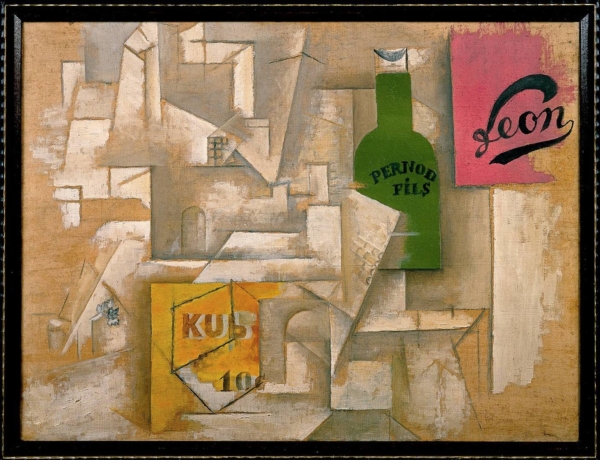
Responses to Neoliberal Aesthetics
Walter Benn Michael’s “Neoliberal Aesthetics: Fried, Rancière and the Form of the Photograph,” published in our first issue, has generated responses from Michael Clune, Nicholas Brown, and Todd Cronan.


Walter Benn Michael’s “Neoliberal Aesthetics: Fried, Rancière and the Form of the Photograph,” published in our first issue, has generated responses from Michael Clune, Nicholas Brown, and Todd Cronan.

The hypothesis of neurovisuality may allow a general theory of visual culture to be coordinated with a general science of vision. Possibly it can help make sense of unresolved problems in art history, including the question of the “power of images” and their “agency” in human perception.
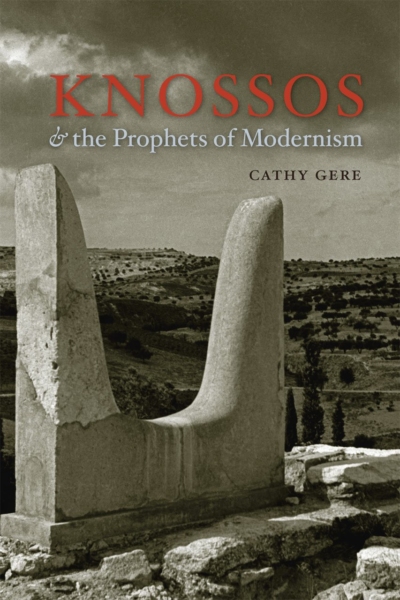
At the core of Knossos and The Prophets of Modernism lies the problem of historical interpretation. The excavation and reconstruction of the palace at Knossos—paid for and overseen directly by Evans—unveiled extraordinary murals and colorful columns to the public. But as Gere makes clear, the palace was in fact rebuilt in modern concrete, the first such structure on the island. What at first glance appears to be the oldest monument on Crete, turns out to be one of its most modern. Similarly, modern artists simply reimagined many of the famous artworks in the palace taking small fragments of originals as their inspiration
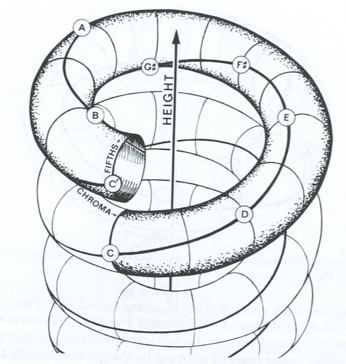
…I could agree with Mark Johnson, if his claim were simply descriptive in character. That is, I would find nothing objectionable if he were only claiming that we require multiple, often inconsistent structures (or habits, or preferences, or norms) to describe musical works. But Johnson’s claim is not intended to be descriptive; image-schematic theory is intended to explain how such experiences are conceptualized in the first place, i.e. how they are structured.
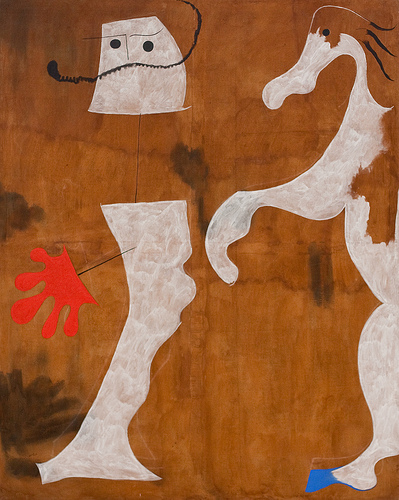
…if we’re thinking like Mark Johnson, we can simply add these examples to our bucket of evidence that the human mind is structured by our bodily orientation in space, and hence so is our art. Put that way, the difference between having an account of the meaning of the work and having an account of its causes is not only easy to see, but, I would argue, an easy strike against the kinds of neuro approaches I’ve been describing thus far.

Charles Palermo writes: Things remain visible to people outside the visuality within which they were intentionally produced, though what is visible in an artifact in this context (or what is visible about it) may differ from what is visible in the context of visuality. By the same token, people can succeed to many visualities, though both Wölfflin and Panofsky were somewhat uncertain (on different grounds) about just how far it is possible to do so when we are dealing with
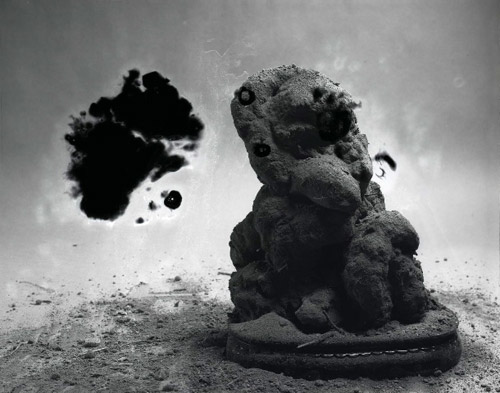
So one easy way to put it would be to say that for many people, photography perfectly embodied the theory and practice of the postmodern, whereas for some people, it created the possibility or felt necessity for a critique of postmodernism. Or, to put the point in terms of intentionality: for many people, the photograph embodies the critique of the intentional that we find in theorists as different as Barthes and Derrida, Crimp and Rancière; for others it embodies something like the opposite – the opportunity to re-imagine intentionality.

It thus seems as if the very problem which is at the center of the mind/brain debate, namely, the nature of intentionality, is now being offered as the solution: the claim is that intentional agency just is the biological process that can produce the desired-for “gaps” or differences that characterize freedom.

On screen and soundtrack, The New World stages internal relations and disjunctions while revealing them to be constitutive of a cinematic world. Yet the purpose of the film is precisely not to articulate a defensible thesis about “worldhood.” It is to effect nothing less than a conversion of the gaze—a purpose inimical to an academic industry that takes positive knowledge as its goal.

nonsite.org is an online, open access, peer-reviewed quarterly journal of scholarship in the arts and humanities. nonsite.org is affiliated with Emory College of Arts and Sciences.